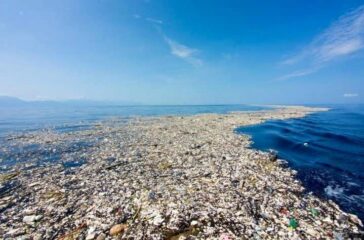Postcard from California: Can new laws slow the “plastics pandemic?”
In July, a 130-foot vessel called the Kwai docked in Sausalito carrying a sickening cargo: 96 tons of plastic garbage and other trash recovered from the Pacific Ocean during a 45-day voyage from Honolulu.
 EWG
EWG